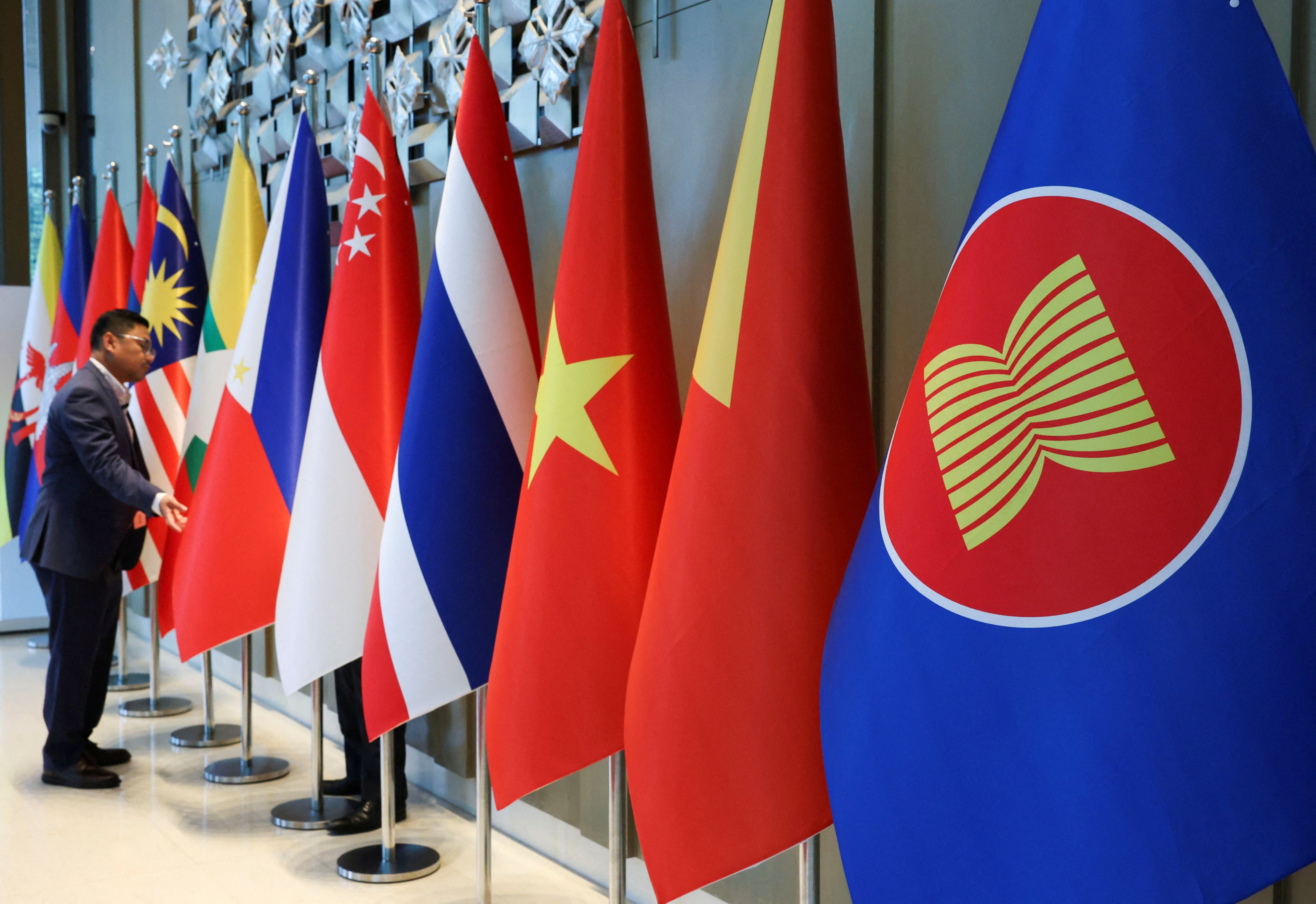The US-China rivalry is reshaping global supply chains – who benefits most?
Vietnam, Indonesia and other emerging economies could emerge as winners, analysts say

Supply chain competition between China and the United States is set to intensify over the next five years, with eight developing countries – including four in the Association of Southeast Asian Nations (Asean) – poised to benefit from the relocation of manufacturing from China, according to a recent study.
The research, published in the Chinese journal Economist, identifies Malaysia, Vietnam, Mexico, Turkey, Thailand, Indonesia, India and Brazil as the top candidates likely to benefit from shifting global production. All eight economies offer lower labour costs than China and maintain strong trade ties with Western markets, the authors said.
Driven by growing Chinese outbound investment and sustained US demand for exports, the eight economies could emerge as critical links in changing global supply chains, the study found.
The authors highlighted two parallel trends behind the shift. Washington’s push for “friendshoring” and the “China+1” strategy were prompting multinationals to diversify production to reduce exposure to tariffs. In addition, Chinese firms were exploring lower-cost regions, especially among Belt and Road Initiative partners and African countries.
The study was published last month as a second trade war between the world’s two largest economies severely disrupted global supply chains, raised costs and prompted strategic realignments.
Co-authored by a researcher from the Chinese Academy of Social Sciences, a prominent state think tank, the paper links the US National Security Strategy for 2023–2033 – which casts the decade as “decisive” for US-China competition – with Beijing’s 15th Five-Year Plan (2026–2030), seen as a critical window to achieve its 2035 modernisation goals.
While the authors predict that China’s position and influence in global supply chains would continue to grow, they warn of a looming “high-stakes competition phase” in which the US would pose “intensified and diverse” challenges. This could accelerate the “pace of Chinese industrial relocation”, the authors added.
“The IPEF, particularly its supply chain component, has largely matured and may serve as a frontline platform for US competition with China,” the authors noted, referring to the US-led Indo-Pacific Economic Framework aimed at countering Beijing’s regional influence.
Defining 2018 – the year Washington imposed 25 per cent tariffs on Chinese imports – as a turning point, the study compared dynamics before and after the first trade war between the two superpowers. Since then, the research suggests that the eight identified economies have shown a growing capacity to absorb Chinese manufacturing while significantly increasing imports of intermediate goods from China and boosting exports of finished products to the US.
Chinese foreign direct investment in these nations has also shown fluctuating growth, the researchers found.
While labour costs in the eight countries – particularly Vietnam, Indonesia and India – remained lower than in China, their tax burdens were comparable, the authors said. However, industrial and logistical infrastructure in the eight nations still lagged behind China’s, though the gap was narrowing as industrial bases improved.
Geographically, the eight countries have strategic advantages: Mexico and Brazil are near the US market, while Vietnam, Malaysia, Thailand, India and Indonesia are close to China. Turkey, meanwhile, serves as a gateway connecting the Middle East, Europe and Asia.
Additionally, countries such as India, Mexico, Indonesia, Vietnam and Turkey have free trade agreements with the EU or the US, making them attractive destinations for multinational corporations seeking to avoid tariffs, the authors said.